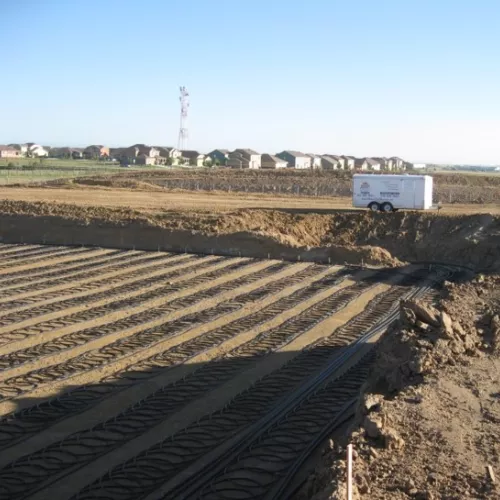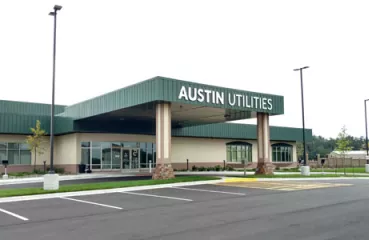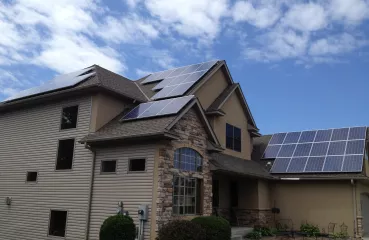A handful of folks from Northwest Minnesota recently welcomed Ed Lohrenz of GEOptimize to share his insights on siting ground source heat pump or geoexchange systems. Ed focused on the most important elements to consider in system design and current industry trends.
Shannon Stassen, Northwest CERT Coordinator, connected with Ed at the suggestion of our colleagues at Otter Tail Power Company who have worked with Ed on several projects.
Ed kicked off the session by sharing two key acronyms: GSHP system = Ground source heat pump. GHX = ground-coupled heat exchanger.





